We can’t accuse Leonardo da Vinci (1452-1519) of being the most prolific artist in history. The quality of his paintings and drawings, however, was second to none.
He left many works unfinished, the result of his chronic procrastination caused by his incredibly active mind. The Renaissance artist did, however, complete an intriguing painting in his final years.
In this article, we’ll take a closer look at some of the most interesting facts about Saint John the Baptist by Leonardo da Vinci, a remarkable work of art for multiple reasons.
1. It was completed when he entered the service of the King of France
Leonardo da Vinci spent extended periods in various cities in Italy, producing numerous Renaissance masterpieces in the process.
This includes Florence, where he was initially trained, Milan, where he was in the service of Duke Ludovico Sforza, and in Rome, where he worked for the Pope.
He had to flee several times due to war and eventually moved to France in the later years of his life. He entered the service of King Francis I in 1516 and lived the remaining 3 years of his life at the manor house Clos Lucé.
Saint John the Baptist is considered to be the final painting that he completed between 1513 and 1516. He did, however, leave the Mona Lisa painting unfinished although he probably started it a decade earlier.
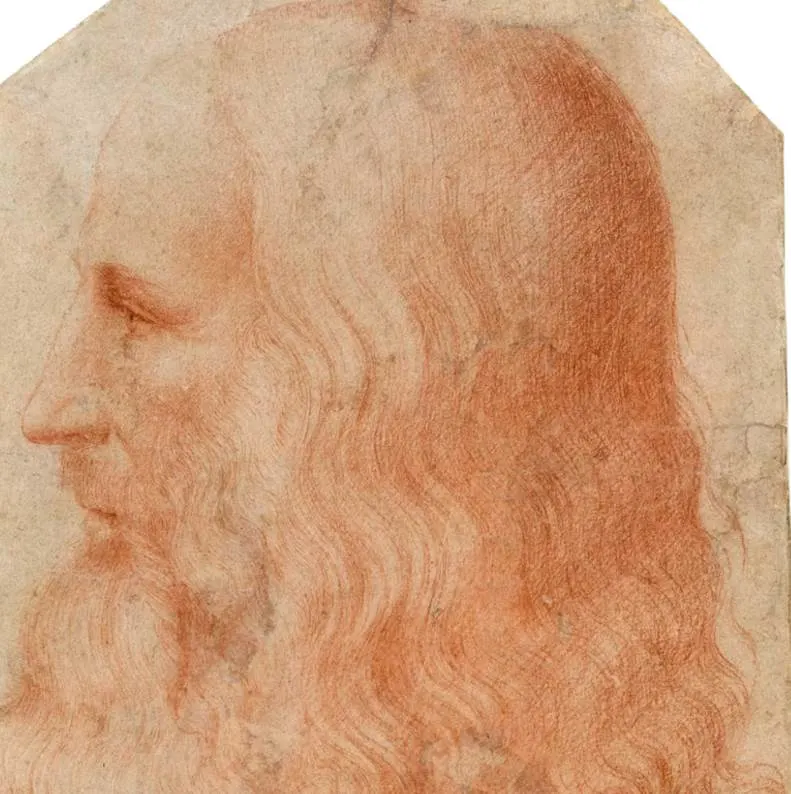
2. Saint John is depicted with remarkable use of chiaroscuro and sfumato
This masterpiece by Leonardo da Vinci was a revolutionary painting at the time for multiple reasons.
It was the first time that Saint John the Baptist was depicted as a youthful man. Before, he was depicted as an elderly ascetic who lived in squalor.

The background in the painting is completely dark. The distinctive use of chiaroscuro, the contrast between light and shadow, puts the figure in a spotlight as he emerges from the shadow.
The painting is considered to be the epitome of Leonardo’s sfumato technique which is defined by the extremely soft transition of colors.
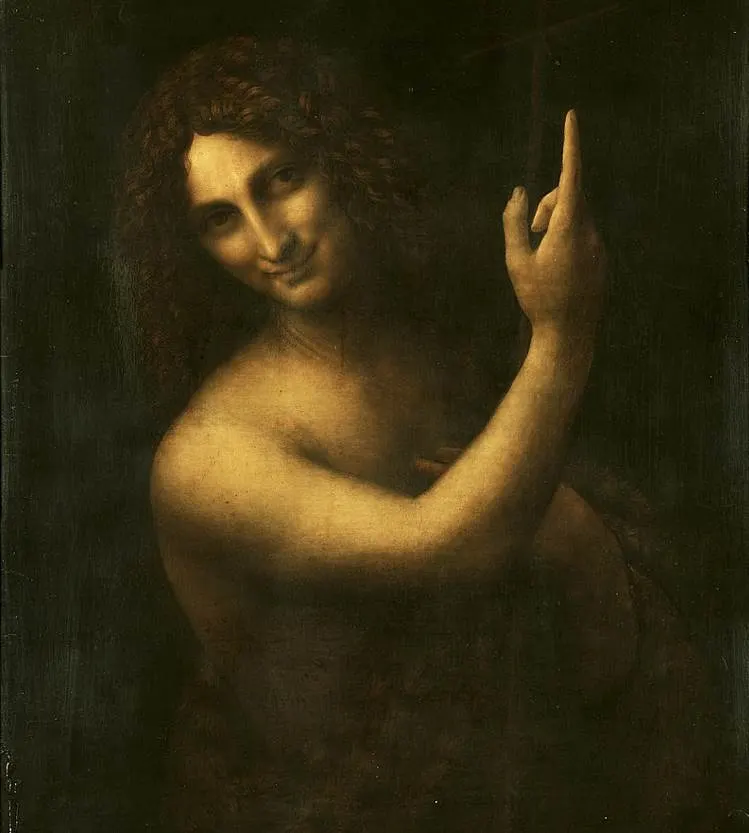
3. The model for the painting was probably Leonardo’s main assistant
Saint John smiles enigmatically, a feature that resembles the enigmatic smile of the Italian noblewoman Lisa Gherardini.
The model of the painting was most probably a man named Gian Giacomo Caprotti da Oreno (1480-1524), a man better known by his nickname “Salai.”
He was the main assistant and pupil of Leonardo da Vinci, and some sources also claim that he was his lover. This might explain the erotic undertone of this painting.
He was a loyal assistant as well, being in Leonardo’s service between 1490 and 1518.
Likely, he was also the model for another famous painting called “Bacchus” (1510-1515), a work completed in Leonardo’s workshop based on a drawing from the Italian master.
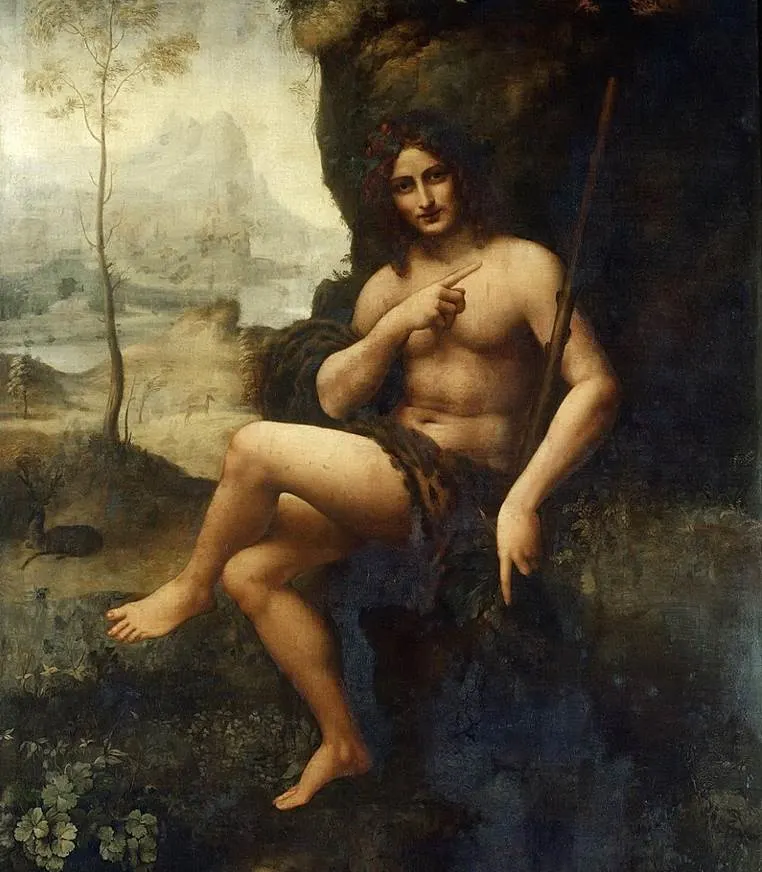
4. It wasn’t the first time that Leonardo depicted a figure pointing upward
While it’s hard to notice due to the extreme use of chiaroscuro, Saint John the Baptist is holding a Christian cross in his left hand.
He has long curly hair and is dressed in furs. His right hand is pointing toward the sky, another religious symbol that identifies the man as a Christian saint.
Leonardo already integrated a finger pointing toward the sky in his famous Burlington House Cartoon.
This is a charcoal and chalk drawing on paper that is officially known as “The Virgin and Child with Saint Anne and Saint John the Baptist.”
Saint Anne, who served as the inspiration for his painting titled “The Virgin and Child with Saint Anne” (1501-1519), points with her finger toward the sky in a similar manner.
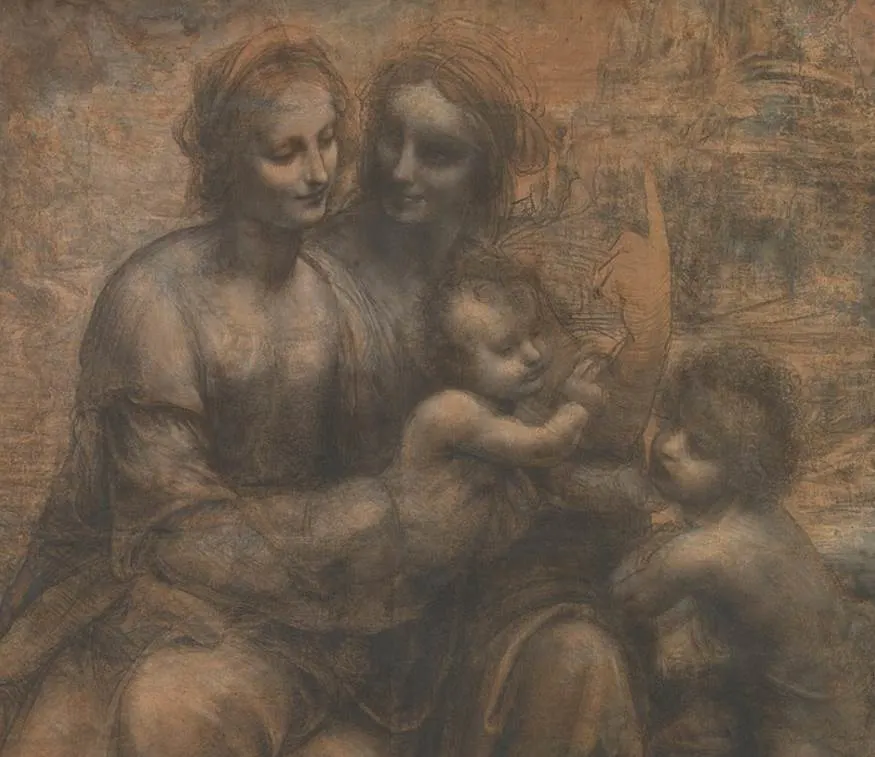
5. The painting was highly influential to contemporary artists
The remarkable way in which Leonardo depicted Saint John the Baptist provided to be highly influential for other Renaissance artists.
Some of the paintings that were based on this masterpiece by Leonardo were painted by Raphael (1483-1520) and members of his workshop shortly after it was completed around 1517 and 1518.
The large group of artists under the influence of Leonardo known as the “Leonardeschi” created numerous variations of the painting all across Europe in the following decades.
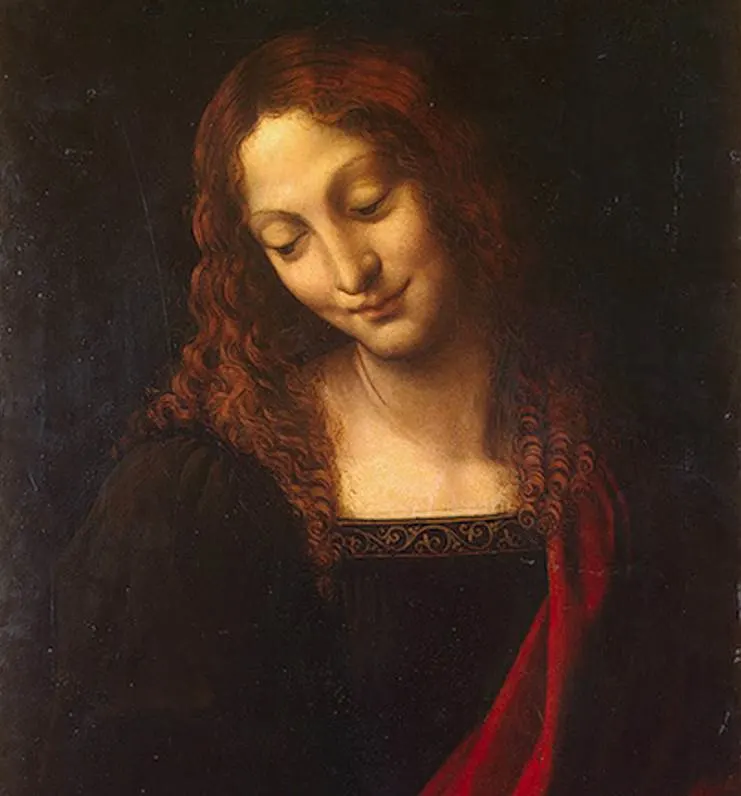
6. The painting has changed hands quite a bit through its history
Leonardo da Vinci was still in the service of King Francis I of France when he passed away on May 2, 1519.
It subsequently entered the French royal collection and was held at the Palace of Fontainebleau just southeast of Paris.
The painting was exchanged for a Titian painting in 1625 by King Louis XIII. It entered the collection of King Charles I of England due to this trade.
It was only returned to France in 1661 and became once again part of the French royal collection during the reign of King Louis XIV.

7. How big is Saint John the Baptist by Leonardo da Vinci?
Leonardo painted slowly and put a high emphasis on the details in his work. This means that very few panel paintings in his oeuvre are huge (The Last Supper is a famous exception).
Saint John the Baptist by Leonardo da Vinci isn’t an exception because it’s are relatively small work. This oil on walnut wood painting has dimensions of 69 × 57 centimeters (27.16 × 22.44 inches).

8. Where is the painting located today?
The painting never left France after it entered the French royal collection in the 17th century. It did move once more to its current location.
Following the French Revolution in the late 18th century, the painting was transferred to the collection of the Louvre Museum in Paris.
This is where you can still admire this painting today along with several other masterpieces by Leonardo, including the Mona Lisa, Virgin of the Rocks, La Belle Ferronnière, and the earlier mentioned The Virgin and Child with Saint Anne.

